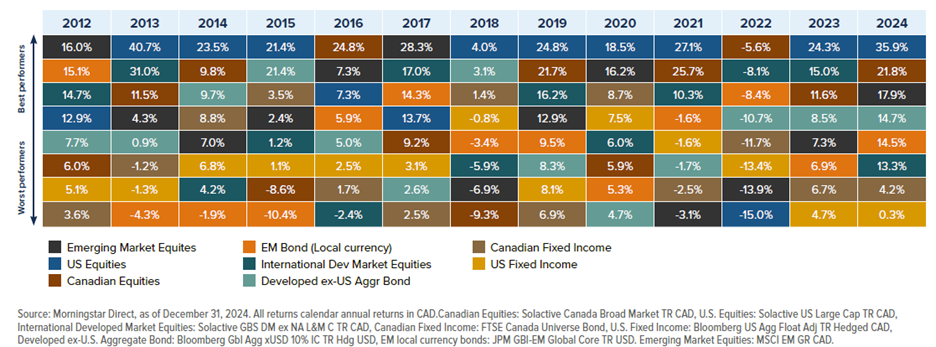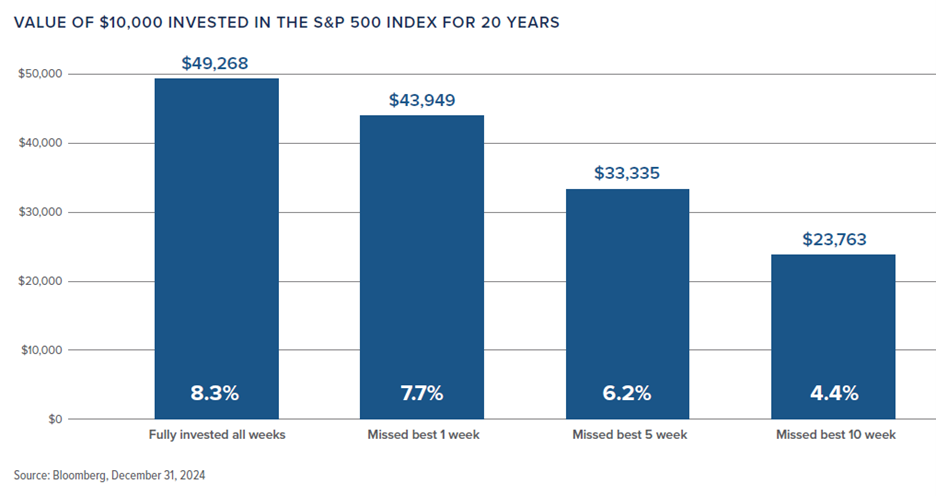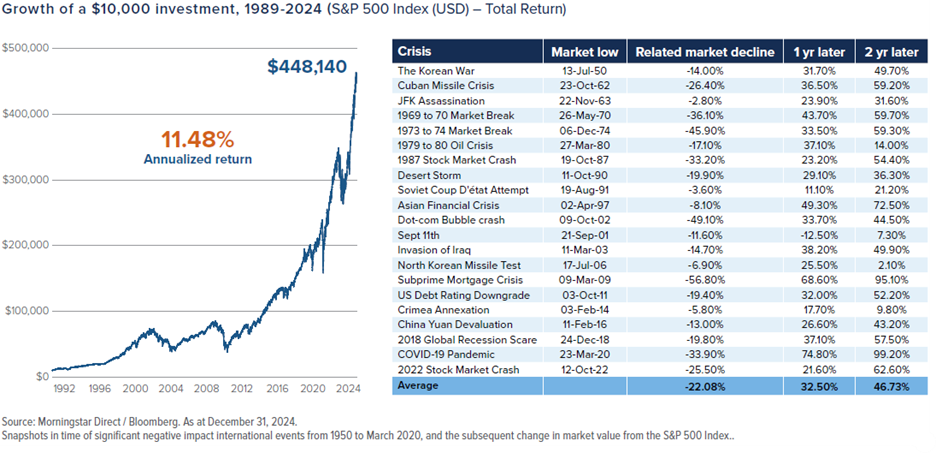Buying a home is an exciting milestone, but it can quickly become more stressful than expected if you’re not prepared for the additional costs that might pop up during the process. Understanding the additional costs involved allows you to budget smartly and avoid surprises.
In this guide, we’ll break down the most common expenses, how much they typically cost, and offer tips on how to plan ahead with support from Mainstreet Credit Union.
What are the additional costs of buying a Home?
1. Land Transfer Tax
In Ontario, one of the biggest closing costs you’ll face is the Land Transfer Tax, sometimes called the property transfer tax. This tax is calculated based on the purchase price of your home using a tiered system, where different portions of your home’s purchase price are taxed at different rates, ranging from 0.5% to 2.5%.
For example, if you buy a $600,000 home in Ontario, the land transfer tax will be approximately $8,475. If you’re buying in Toronto, there’s also a municipal land transfer tax, essentially doubling the amount you pay.
The good news? In Ontario, first-time homebuyers may qualify for a rebate of up to $4,000 on the provincial tax, which can significantly reduce the cost of your closing fees. To be eligible, you (and your spouse, if applicable) must not have owned a home anywhere in the world before, and you must plan to live in your new home within nine months of purchase.
To plan ahead, use a land transfer tax calculator to get an estimate based on your purchase price and location.
2. Legal Fees and Disbursements
You’ll need a real estate lawyer to handle the legal side of your home purchase. Your lawyer will review the agreement of purchase and sale, conduct a title search, and handle the registration of your new home with the province.
Legal fees for buying a house typically range between $1,500 and $2,500. This usually includes the lawyer’s professional fees and disbursements such as title searches, land registration, and courier or document preparation fees.
Because these costs can vary based on the property, location, and the lawyer you choose, it’s best to request a detailed quote up front so you can budget accordingly. When you work with a Mainstreet advisor, we can help you understand these costs as part of your overall home buying plan and ensure your mortgage financing leaves room for all the expenses you’ll need to cover.
3. Home Appraisal and Inspection
A home appraisal is a professional estimate of a property’s market value conducted by a certified appraiser. It helps protect you and your lender by confirming that the property is worth the loan amount and ensures a fair market value assessment for everyone involved. In Ontario, the cost of home appraisals ranges between $300 and $600, and the buyer is usually responsible for this expense. Your Mainstreet advisor can help arrange the appraisal as part of your mortgage process.
It’s important not to confuse this with a property assessment, which is done by the Municipal Property Assessment Corporation (MPAC) and used to calculate your annual property taxes. While both affect your costs, they serve different purposes.
In addition to the appraisal, most buyers also arrange for a home inspection. While optional, a home inspection is strongly recommended before finalizing your purchase. A certified inspector will assess the home’s structure, roof, plumbing, and more. This helps you make an informed decision, negotiate repairs if needed, and avoid costly surprises after you move in. The typical cost of a home inspection ranges from $400 – $700 and is usually completed during the conditional period of your offer.
4. Title Insurance
Title insurance is a one-time cost, usually ranging between $250 and $400, though the exact price can vary based on your home’s value and location. Title insurance protects you and your lender from unexpected issues like title fraud, errors in public records, unpaid liens, or zoning problems that could affect your ownership.
Most buyers choose a combined policy that covers both themselves and their lender. Your real estate lawyer will usually arrange title insurance for you as part of the closing process, ensuring everything is in place before your purchase is finalized. If any issues arise after your purchase, you will contact the title insurance company (their information will be provided in your closing documents) to start a claim. Your real estate lawyer can also guide you through the process if a problem comes up.
While it’s separate from costs like property assessments or property taxes, it’s an important part of protecting your investment. Your Mainstreet advisor can help you plan for this one-time cost as part of your overall home-buying budget.
5. Moving Costs and Utility Setup
Don’t forget the final step: moving into your new home. Moving costs can vary based on the distance, size of your move, and the services you choose. If you’re hiring a professional moving company, plan to budget around $1,000 to $2,000 for a local move. For long-distance moves, costs can easily reach $3,000 or more, so it’s important to get a detailed quote in advance and ask what’s included.
Once you arrive, you’ll need to set up your utilities such as electricity, water, internet, and gas. Expect to pay connection or activation fees, which typically range between $50 and $150 per service. However, some companies may waive the fee if you sign up for multiple services or contracts. If you’re moving from a rental, be sure to budget for cleaning, repair fees, or any overlapping rent if your move-in and move-out dates don’t align.
A Mainstreet advisor can help you plan for these costs so you can move into your home with confidence.
How Much Extra Should You Save?
So, how much extra should you save beyond the down payment? A good rule of thumb for Ontario homebuyers is to budget an additional 3–5% of your home’s purchase price for closing costs like taxes, legal fees, and moving expenses.
Here’s an example for a $600,000 home:
| Cost Category | Estimated Cost |
| Land Transfer Tax | $8,475 |
| Legal Fees | $2,000 |
| Title Insurance | $300 |
| Home Appraisal | $500 |
| Home Inspection | $550 |
| Moving | $1,000 |
| Utility Setup | $200 |
| Total | $13,025 |
For first-time buyers, rebates like the Ontario Land Transfer Tax refund (up to $4,000) can help bring these costs down. Your actual total will vary based on your purchase price, location, and the services you choose.
At Mainstreet, we’ll work with you to build a clear home buying budget so you know what to expect and can plan for these expenses with confidence.
Tips for managing closing costs
Planning for the additional costs of buying a home can help you avoid last-minute surprises and make your move smoother. Here’s how to stay on track:
- Start early: Begin setting money aside for closing costs as soon as you start saving for a down payment.
- Ask questions: Your Mainstreet advisor, real estate lawyer, and realtor can help you understand every fee you might encounter, from land transfer tax to legal charges.
- Leave a cushion: Moving expenses, utility hookups, and last-minute repairs can add up quickly, so keep some extra room in your budget.
Our Mainstreet advisors can help you estimate and plan for all of these costs, so your budget stays balanced.
Ready to Buy? Let’s Plan for Your Home Purchase
At Mainstreet, our advisors will work with you to build a savings plan that covers your down payment and all the additional costs of buying a home, so you can move in with confidence.
Book an appointment with us today to get started building a customized savings plan that covers everything you need when buying a home, not just your down payment.




















